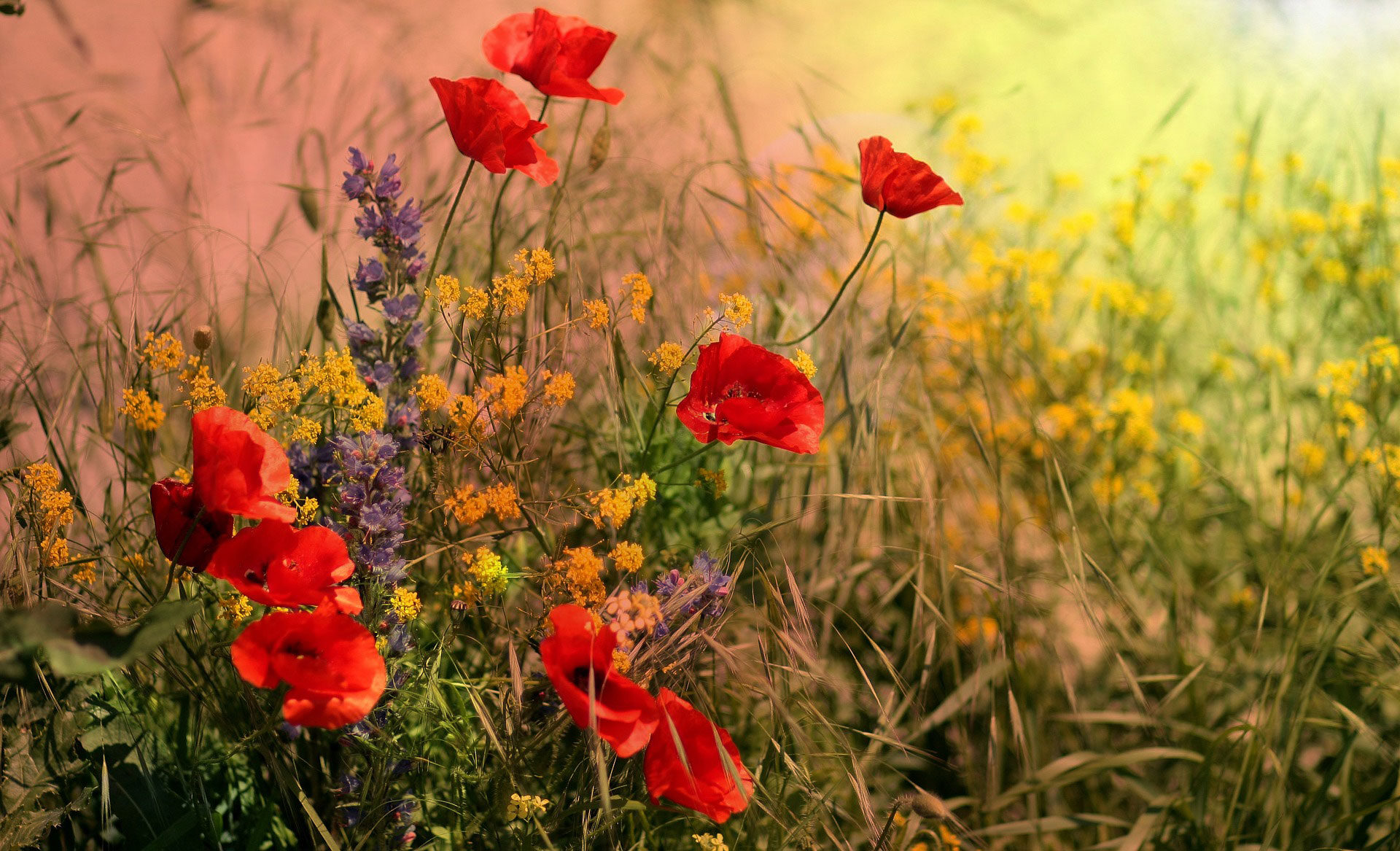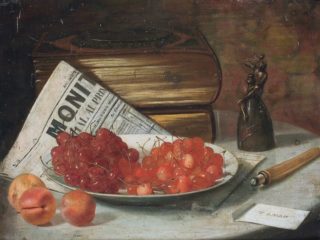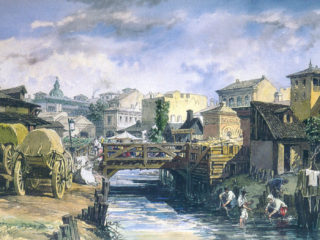On the 24th of June, Christians celebrate the Feast of Saint John, a special day that overlaps the midsummer rural tradition of Sânziene or Drăgaica, as the celebration is locally known. A pagan tradition at its origin, the feast is strongly connected to the summer solstice and it celebrates the sun, nature and fertility.
Sânziene is the folklore name for gentle fairies, believed to have magical powers. According to popular belief, they are young, beautiful girls living in the fields, forests, caves or on the banks of water. Unlike similar creatures, they are not mean, but always nice and kind to people. They are considered to be virgins with magical power of seduction, appearing at night, by moonlight, singing and dancing in a circle, naked. Likewise, Sânziana is also a girl’s name, its origin coming, most likely, from Sancta Diana, the Roman goddess of nature and hunt.
On the eve of the Sânziene, the girls in villages, dressed in traditional costumes, go out on the fields picking bedstraws, yellow flowers with the same name—sânziene—making wreaths which they place over their heads. Upon return, at dusk, they join the young men and boys who had previously carried torches up on the hills, spinning them and making them burn and sparkle with intensity. All the inhabitants of the village then participate, making huge bonfires and dancing around them with their beloved. The girls replicate the Sânziene, dancing in circles, while the men and boys jump over the fire for purification and good luck.
The flower wreaths are later thrown over the houses’ roofs. It is believed that if the wreath stays on the roof for a long time, the inhabitants are going to be wealthy and benefit from good harvest. On the contrary, if the wreath falls, someone will most likely die in the respective house. Also, maidens put wreaths under their pillows in order to dream of their future husbands.
Another popular belief is that on the Sânziene night the skies open, turning the eve into a special, magical night, appropriate for many different spells, especially love ones. All kinds of things, good and bad, can happen during the night. According to folklore, the fairies don’t like to be seen by men while they dance in the air during the night, blessing the harvest and bestowing health on people, so any male who might see them could get crippled, blinded or go deaf. Being a magical night, all the plants—especially medicinal ones—harvested during this night are said to have miraculous, healing powers.
As one can guess, the magical feast fascinates everybody, so it’s no wonder there are poems, plays and novels dedicated to it, the most famous of them probably being Noaptea de Sânziene (The Forbidden Forest, in the English translation), a 1955 novel written by the beloved Romanian author, philosopher and historian of religion, Mircea Eliade. The novel reference the folk belief of heavens opening during the night of Sânziene, as well as paranormal activities taking place in Băneasa forest, in the north of Bucharest.
Featured image: Adina Voicu / pixabay











